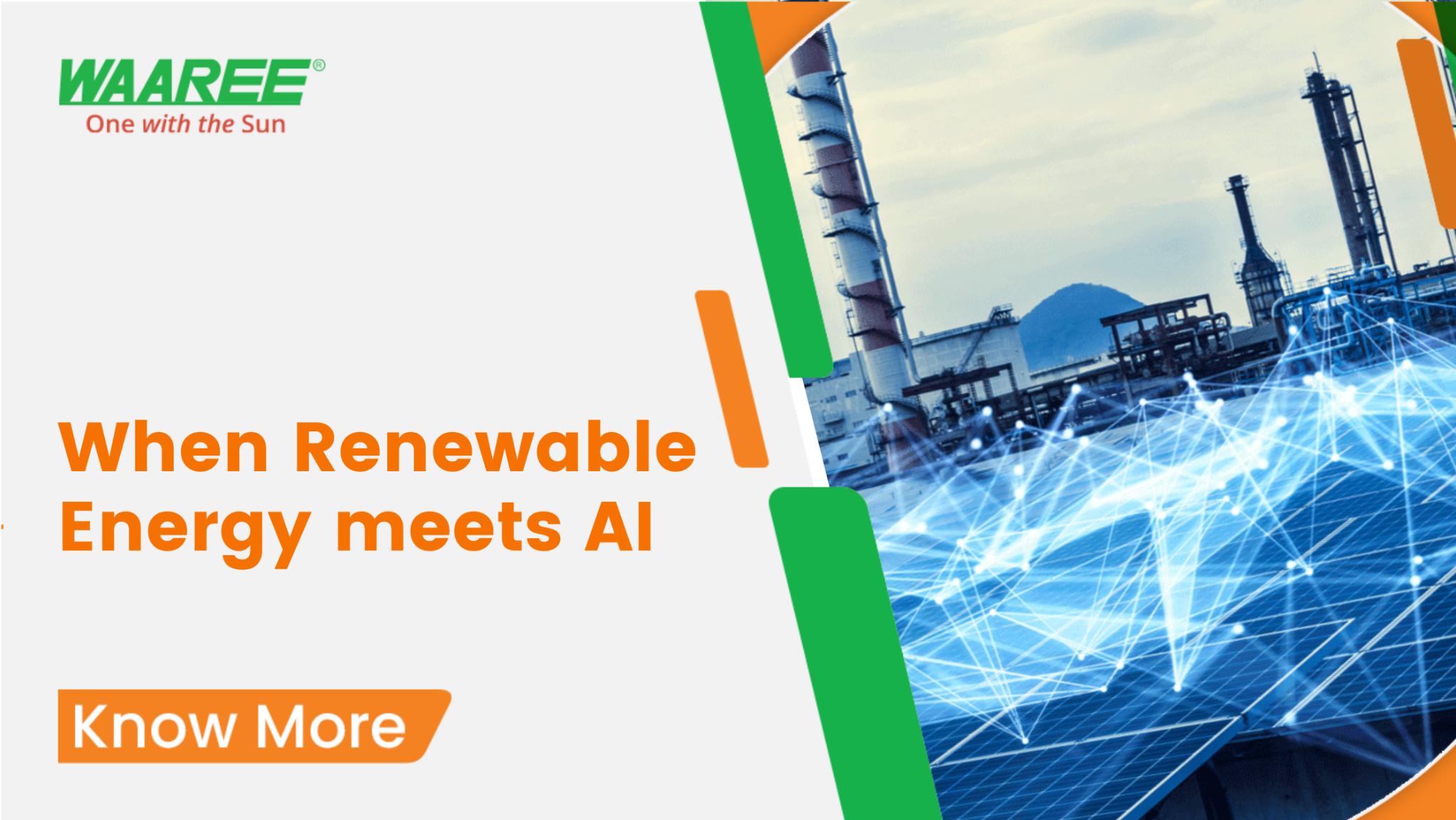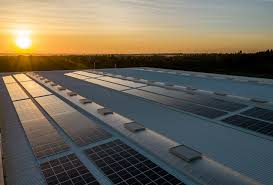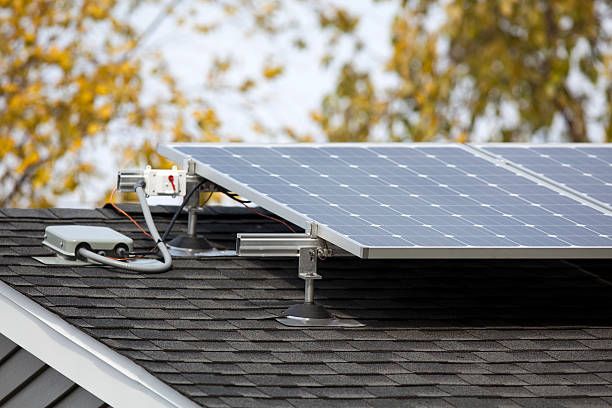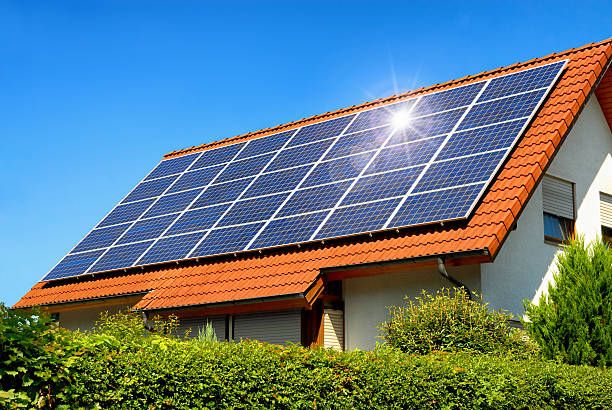



There is a lot of talk around the integration of Renewable Energy and AI in recent days, and seemingly there are many use cases available in the market on the same.
The concept of artificial intelligence was developed almost simultaneously with the development of computer science. From the very beginning, researchers have tried to mimic the way humans think, trying to give computers some form of intelligence. Today, the field is referred to as the study of "intelligent agents". “Intelligent agents” are systems capable of perceiving their surroundings and reacting accordingly with the aim of achieving a goal.
A thermostat is a simple example of an intelligent agent. The device perceives the temperature of a room (its environment) and interacts with it to achieve a specific temperature (its goal). Unlike all intelligent agents, in this case, the environment is part of the real world. In addition, the objectives of this system require relatively simple logic to achieve, but this would not suffice if the objectives or environment became more complex.
Over the years, many techniques and technologies have been proposed, with varying degrees of success. As a result of their success, some have become commonplace and stopped being considered "intelligent". Technological advancements have led to a resurgence in other techniques, such as artificial neural networks. A machine learning system is one that learns from its experiences and adapts to its environment. In addition to mathematical optimization, statistics, and logic systems, there are other techniques that achieve this goal.
Hear more about AI from this clip covering Elon Musk –
AI can be applied with two main approaches: automated decision-making and enhanced decision-making.

Automated decision-making creates the ability for computer systems to process information without human intervention and complete complex tasks faster than a human could in the same amount of time. One example is an automated AI system for planning preventive maintenance of photovoltaic (PV) systems.
A limitation of this approach is that automated decisions can be skewed by various kinds of biases, leading to wrong decisions. This can cause problems in critical systems, so automated decision-making is impractical for all applications.
Supported decision-making can counteract this by keeping the human side accountable for the actual decisions. As such, AI is focused on providing insights that enrich processes. This allows greater flexibility for those who bring their knowledge and experience to the analysis of computer systems. Assisted AI systems can be used for tasks that require advanced decision-making, such as Environmental impact assessment of proposed solar and wind farm sites.
Image recognition, a form of AI, plays an important role in data validation. Investors and developHow Waaree RTL can Helpers can use image recognition and other algorithms to identify potential risks and opportunities for potential projects.
The algorithm can then create a preliminary cash flow model that shows the developer whether the project has good potential. By automating the project modelling process, AI tools can quickly identify profitable projects, freeing up teams to close deals efficiently.
Power companies and grid operators can use AI and machine learning to predict power generation, schedule maintenance, and manage power flow. At the same time, consumers will be able to stay up-to-date on supply, manage consumption, decentralize generation and storage, and reduce energy costs. The increasing adoption of smart meters is generating data that AI algorithms can use to forecast demand and grid load, and shift loads to optimize consumption in solar and battery systems.
The AI system can use wind speed and irradiance forecasts to make short-term renewable power output forecasts in minutes instead of days. In this way, grid stability and distribution can be maintained, plant availability optimized, and maintenance planned.
AI programs can combine machine learning weather models, historical data sets, real-time information from local weather stations, satellite imagery, cameras and sensor networks. Improved forecasting allows you to manage your conventional generators more efficiently, reduce unit start-up and shutdown costs, and optimize asset utilization by adjusting performance to changing weather conditions. . This will also reduce the cost of reducing solar power.
More accurate forecasts for renewable power will enable producers and energy traders to bid on wholesale and equilibrium markets.
AI applications is revolutionizing technology and digital industries. Search engines are one of the main gateways to the Internet. Recommendation systems coordinate content presented by social networks, streaming services, and online marketplaces. Virtual assistants exist on almost every platform. Such game-changing changes are slowly emerging in many other industries, but the potential for artificial intelligence to be applied to other areas remains untapped.
The renewable energy industry in particular is reinventing itself, relying on research and innovation to meet ever-growing demands. As such, we are well-positioned to successfully adopt artificial intelligence innovations and adapt them to our specific needs. Newly established tools are already using elements of AI to streamline processes and create capabilities that were not possible in the past. If this trend continues as it does today, AI-enhanced tools could become as important to the future of engineering as computer-aided design (CAD) software is today.
Bad data, consumer mistrust, and regulatory barriers can pose problems for this technology.
AI's potential to be a game-changer for the renewable energy sector cannot be denied, but that doesn't mean it is without challenges for wider applications across the sector.
In today's digital age, concerns have surfaced that over-reliance on AI could make energy grids vulnerable to cyber-attacks. Alarm bells were set off in 2015 when Ukrainian hackers took 30 of his substations offline, leaving 230,000 people in the dark for six hours of his life. The second attack occurred a year later at a Kyiv station. The 2015 attack is believed to have required months of planning and a team of dozens of coordinated efforts and was largely the result of employees falling for phishing campaigns.
Another type of cyber-attack on the power grid that has been used recently is the exploitation of vulnerabilities in firewall firmware. In 2019, the North American Electric Reliability Corporation revealed that the first attack on the U.S. power grid occurred at an unnamed power company that suffered a communication failure between its control centre and power plant.
The disruption was the result of an outside party rebooting the company's firewall. Each outage lasted less than 5 minutes, but the entire attack lasted about 10 hours.
However, the chances of another large-scale attack succeeding seem minimal. Operational technology (OT) systems are separated from information technology (IT) systems, with no network connectivity between them, making them much more difficult to penetrate. Additionally, OT systems are custom, arcane, and unfamiliar to potential hackers.
Hackers breaking into corporate networks need to become familiar with equipment and settings.
Additionally, regardless of utility equipment, the physical process may require true expertise and months of additional effort and resources.
Waaree RTL is one such company which strives for ‘technological excellence’ and is helping multiple stakeholders at a significant scale. Visit us to know more about the latest tool/technologies used in the RE sector.
See Also: AI Applications in O&M of PV Plants

WAAREE RTL (WRTL) is Waaree Energies’ EPC arm which is also a listed company in India. It has an experience of more than 600MWp of Solar power plant installations across several countries including projects like ‘50MW in 100 Days – Vietnam’, while embarking on a successful competence in Ground mounted, Rooftop and Floating Solar power projects. WRTL has helped numerous clients with their transition to clean energy and helped reduce their carbon footprint with SOLAR POWER. Step on to your cleaner journey by contacting us at 18002121321 or mail us at waaree@waaree.com